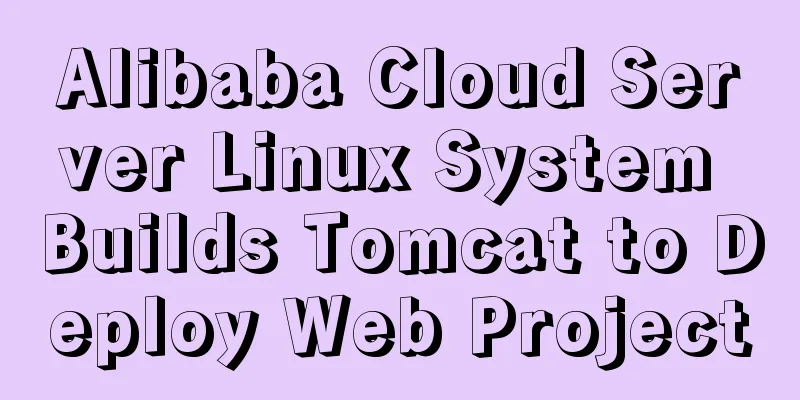Best Practices for MySQL Upgrades

|
MySQL 5.7 adds many new features, such as: Online DDL, multi-source replication, enhanced semi-synchronization, tablespace transfer, sys library, Group Replication, etc. I finally got a chance to upgrade MySQL to 5.7 recently, and I'm very excited. Overview of MySQL Upgrades The essence of MySQL upgrade: Upgrading the data dictionary The data dictionaries are: mysql, information_schema, performance_schema, sys schema. There are two ways to upgrade MySQL: in-place upgrade: Suitable for minor version upgrades. That is, shut down the current MySQL, replace the current binary file or package, restart MySQL in the existing data directory, and run mysql_upgrade. Features: No changes to data files, fast upgrade speed; however, cannot cross operating systems, cannot cross major versions (5.5—>5.7). logical upgrade: Suitable for MySQL upgrades on different operating systems and upgrades between major versions. That is: use mysqldump or mydumper to import and export data to achieve version upgrade. Features: It can be used across operating systems and major versions; however, the upgrade speed is slow and garbled characters and other problems may occur easily. Preparation before upgrading: Make backups in advance. Learn about new version changes (which ones are no longer compatible, which features are no longer supported) In the general information of the official website—>what is new in MySQL 5.7 Notes on upgrading: Check if there are any major changes in the new version Note the change in SQL mode For example, the SQL mode has changed in MySQL 5.7. Some SQL statements will not work for the SQL mode that is no longer supported. In this case, you can clear the SQL mode and then set the SQL mode after the operation is completed. After the upgrade is successful, confirm whether the business SQL can run smoothly Is the program layer normal? Sometimes parts of the original programming language are not supported by the new version of the database. For example, once I used PHP4.0 in 5.1, but when I upgraded to 5.6, some PHP functions were not supported. After the upgrade is complete, be sure to use the same program as the online version when testing to test whether there are any problems. Storage engine changes For example: In the future version 5.8, the myisam engine will no longer be supported. Pay attention to the garbled character set problem Next, use the in-place upgrade method to upgrade MySQL 5.6 to MySQL 5.7. In-place upgrade environment: 5.6.15 —>5.7.20 Preparation before upgrading: Backup + pay attention to the changes in the new version Upgrade operation: 1. Download and unzip the 5.7 software package # tar -xzvf mysql-5.7.20-linux-glibc2.12-x86_64.tar.gz # ln -s mysql-5.7.20-linux-glibc2.12-x86_64 mysql5.7 2. Close the current MySQL (5.6) # mysql -u root -p -S /data/mysql3308/mysql3308.sock --execute="SET GLOBAL innodb_fast_shutdown=0" # mysqladmin -u root -p -S /data/mysql3308/mysql3308.sock shutdown 3. Replace binary files (5.7 replaces 5.6) # cd /usr/local # mv mysql mysql5.6 # mv mysql5.7 mysql 4. Start MySQL using the existing data directory # mysqld_safe --user=mysql --socket=/data/mysql3308/mysql3308.sock -p --skip-grant-tables --datadir=/data/mysql3308/data 5. Check whether all tables are compatible with the current version and update the system library # mysql_upgrade -uroot -p -S /data/mysql3308/mysql3308.sock Note: The function of mysql_upgrade is to check whether all tables in all libraries are compatible with the current new version and update the system library. 6. Restart to ensure that the changes made to the system table take effect # mysqld --defaults-file=/data/mysql3308/my3308.cnf & # mysql -uroot -p -S /data/mysql3308/mysql3308.sock At this point, the upgrade is complete. Question: What should I do if the upgrade of MySQL fails? When upgrading, a slave library is generally created for upgrading. If the upgrade fails, it will not affect the master library. If the upgrade is successful and the test is also successful, other slave libraries will be gradually upgraded to the new version. Finally, the master library will be taken offline, a slave library will be promoted to the new master library, and the old master library will be upgraded. You may also be interested in:
|
<<: Solve the Linux Tensorflow2.0 installation problem
>>: Summary of some tips for bypassing nodejs code execution
Recommend
Detailed explanation of the 4 codes that turn the website black, white and gray
The 2008.5.12 Wenchuan earthquake in Sichuan took...
Install ethereum/Ethereum from scratch under CentOS7
Table of contents Preface Add sudo write permissi...
Implement 24+ array methods in JavaScript by hand
Table of contents 1. Traversal Class 1. forEach 2...
Vue implements simple calculator function
This article example shares the specific code of ...
Echarts tutorial on how to implement tree charts
Treemaps are mainly used to visualize tree-like d...
HTML4.0 element default style arrangement
Copy code The code is as follows: html, address, ...
New ways to play with CSS fonts: implementation of colored fonts
What if you designers want to use the font below ...
Implementation of Nginx configuration Https security authentication
1. The difference between Http and Https HTTP: It...
How to implement remote connection for Redis under Linux
After installing Redis on Linux, use Java to conn...
Implementation of Docker deployment of MySQL cluster
Disadvantages of single-node database Large-scale...
Best Practices Guide for Storing Dates in MySQL
Table of contents Preface Do not use strings to s...
Solution to the Docker container being unable to access the host port
I recently encountered a problem at work. The doc...
How to monitor the running status of docker container shell script
Scenario The company project is deployed in Docke...
Should the Like function use MySQL or Redis?
Table of contents 1. Common mistakes made by begi...
Summary of Mysql high performance optimization skills
Database Command Specification All database objec...









